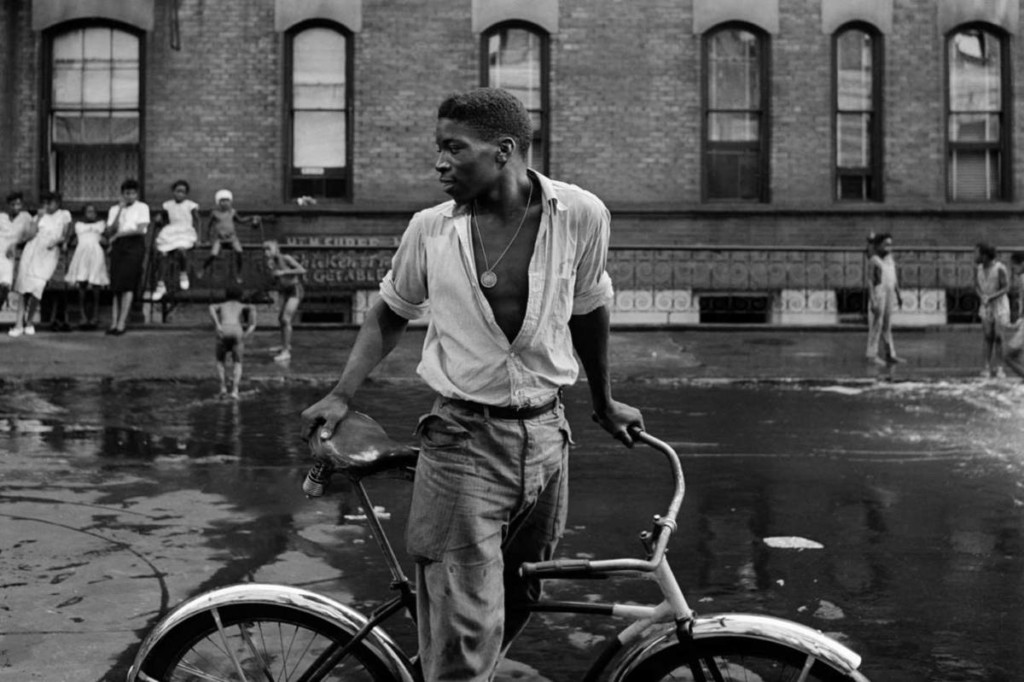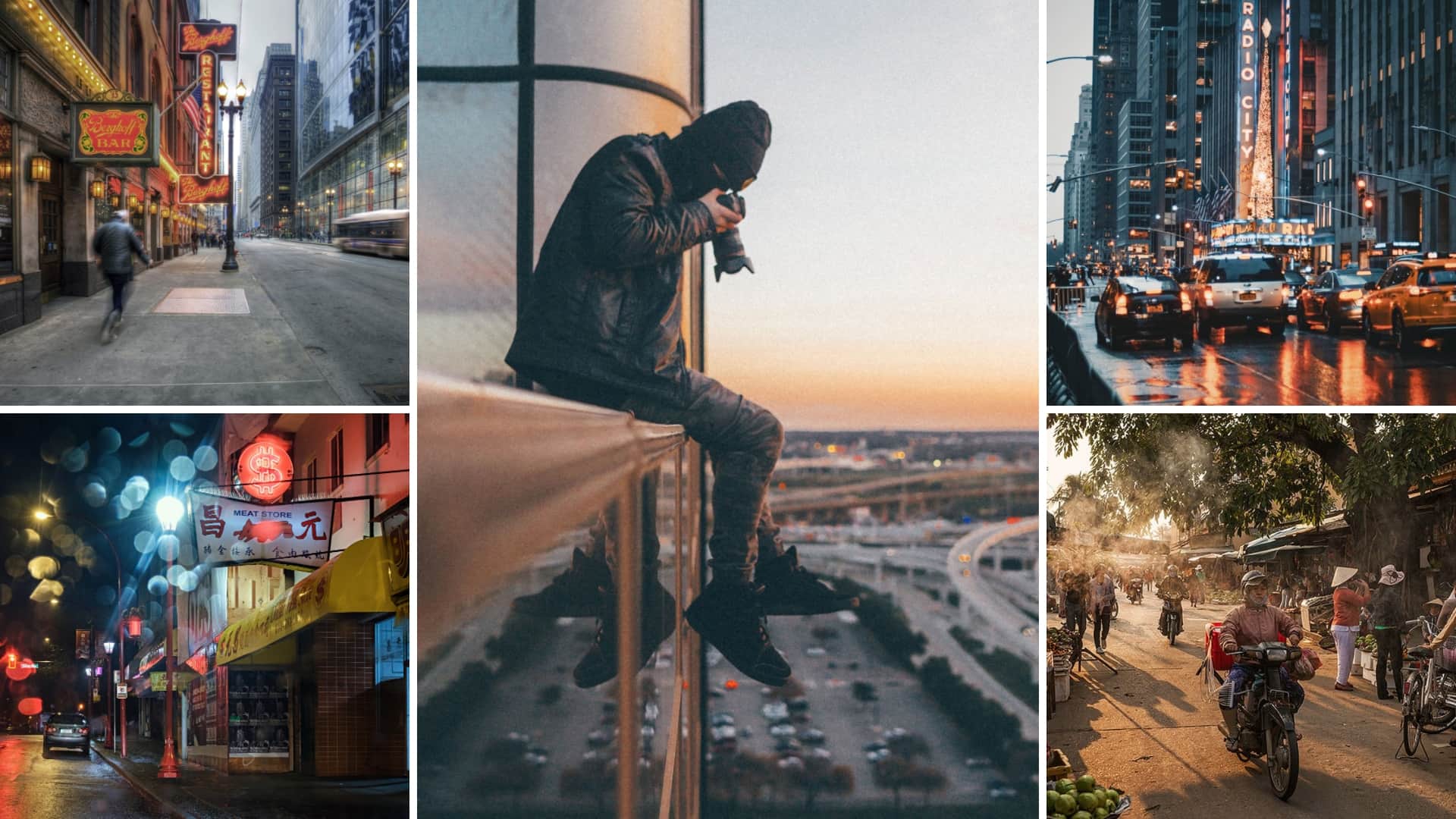9 Easy Facts About Framing Streets Shown
9 Easy Facts About Framing Streets Shown
Blog Article
Some Of Framing Streets
Table of ContentsExamine This Report on Framing Streets7 Simple Techniques For Framing StreetsThe Ultimate Guide To Framing StreetsFraming Streets Fundamentals ExplainedEverything about Framing StreetsThe Single Strategy To Use For Framing Streets
Digital photography genre "Crufts Pet Program 1968" by Tony Ray-Jones Street digital photography (likewise sometimes called candid photography) is photography carried out for art or inquiry that includes unmediated possibility experiences and random occurrences within public areas, typically with the aim of catching images at a definitive or poignant minute by careful framing and timing. 
Top Guidelines Of Framing Streets
Susan Sontag, 1977 Road photography can concentrate on people and their habits in public. In this regard, the road professional photographer is comparable to social docudrama professional photographers or photojournalists who also work in public locations, however with the purpose of capturing newsworthy events. Any one of these photographers' images might capture individuals and residential property noticeable within or from public areas, which frequently involves navigating moral concerns and laws of privacy, safety and security, and residential property.
Depictions of day-to-day public life develop a genre in practically every period of world art, starting in the pre-historic, Sumerian, Egyptian and very early Buddhist art periods. Art dealing with the life of the road, whether within sights of cityscapes, or as the leading theme, shows up in the West in the canon of the Northern Renaissance, Baroque, Rococo, of Romanticism, Realism, Impressionism and Post-Impressionism.
10 Simple Techniques For Framing Streets
Louis Daguerre: "Boulevard du Holy place" (1838 or 1839) In 1838 or 1839 the first picture of figures in the road was taped by Louis-Jacques-Mand Daguerre in among a pair of daguerreotype views extracted from his studio home window of the Blvd du Temple in Paris. The second, made at the elevation of the day, reveals an unpopulated stretch of street, while the various other was taken at about 8:00 am, and as Beaumont Newhall reports, "The Blvd, so regularly full of a moving throng of pedestrians and carriages was completely singular, except a person that was having his boots combed.
, that was influenced to embark on a similar documentation of New York City. As the city created, Atget aided to advertise Parisian roads as top article a deserving subject for photography.

The 45-Second Trick For Framing Streets
Martin is the very first videotaped professional photographer to do so in London with a masked video camera. Mass-Observation was a social research organisation established in 1937 which intended to tape-record day-to-day life in Britain and to record the responses of the 'man-in-the-street' to King Edward VIII's abdication in 1936 to marry separation Wallis Simpson, and the succession of George VI. Andre Kertesz.'s widely admired Images la Sauvette (1952) (the English-language version was titled The Decisive Minute) promoted the idea of taking a picture at what he termed the "definitive minute"; "when type and material, vision and make-up combined right into a transcendent whole" - sony a9iii.
The smart Trick of Framing Streets That Nobody is Talking About
, after that an educator of young kids, linked with Evans in 193839.'s 1958 publication,, was significant; raw and typically out of emphasis, Frank's pictures examined conventional digital photography of the time, "tested all the formal rules laid down by Henri Cartier-Bresson and Walker Evans" and "flew in the face of the wholesome pictorialism and heartfelt photojournalism of American magazines like LIFE and Time".
Report this page